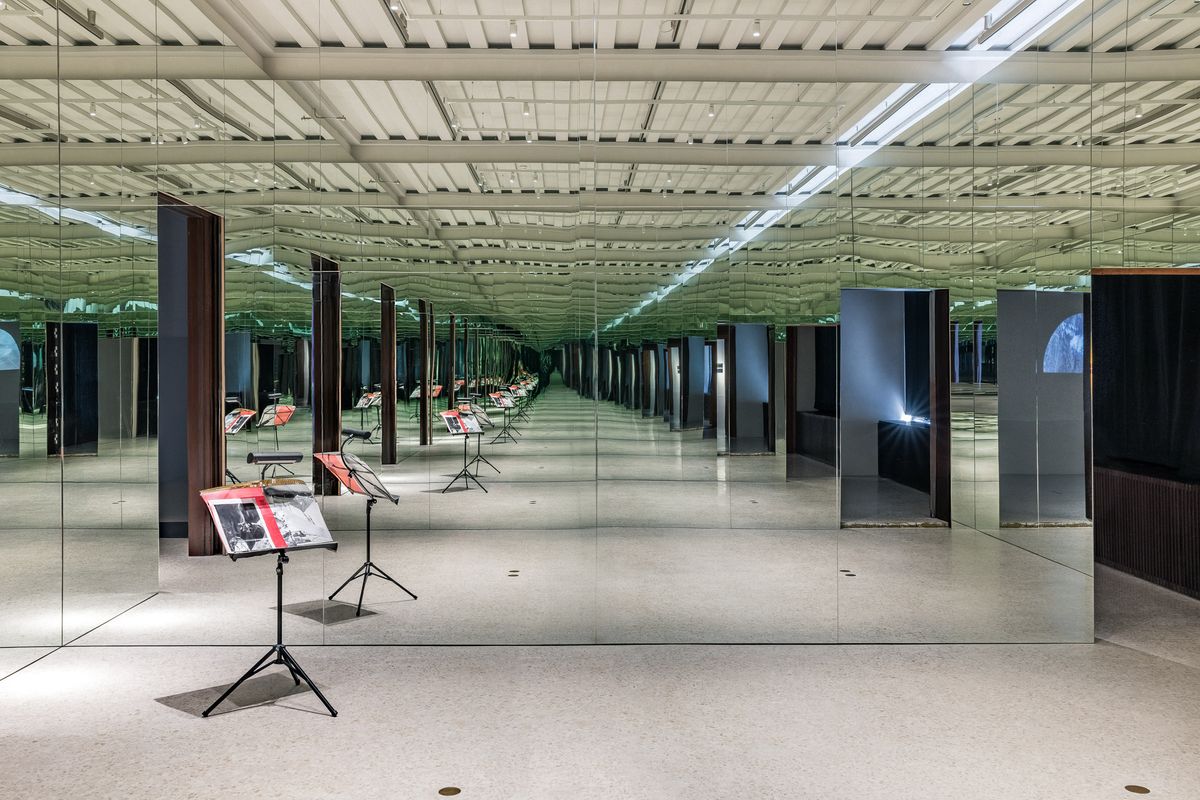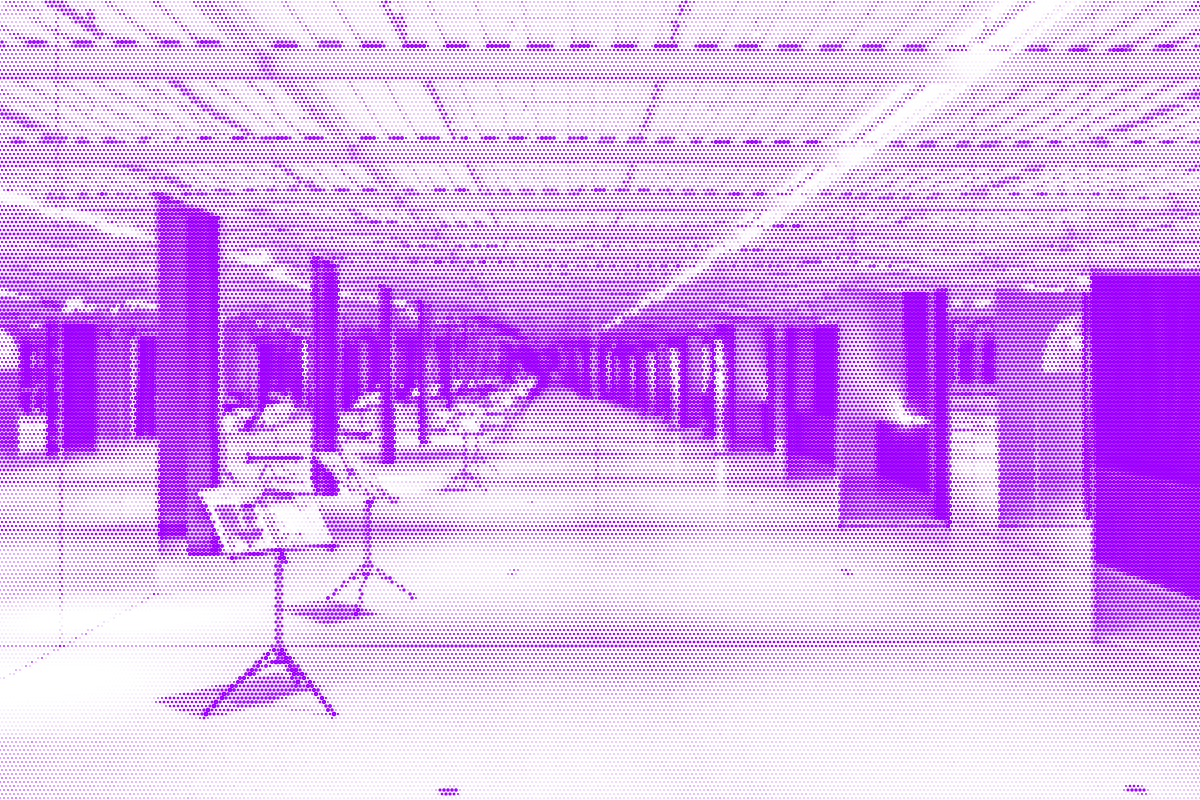Celebrated as one of the most influential architects of the Modern Movement in Australia, Seidler shaped a legacy spanning single-family houses, commercial and residential towers, civic buildings and large-scale housing schemes, realised in cities as varied as Sydney, Acapulco, Paris, Hong Kong, and his native Vienna. Seidler’s life and work trace the arc of modernism as both a personal journey and a global narrative, inviting reflection on architecture as a medium through which ideas migrate across continents and time.
Curated by Ann Stephen from the Chau Chak Wing Museum and Paolo Stracchi from the University of Sydney’s School of Architecture Design and Planning, with curatorial advisor Nikolaus Hirsch, the exhibition considers in depth both individual projects and Seidlers’ collaborations with architects and artists, including Josef Albers, Alexander Calder, Helen Frankenthaler, Frank Stella, Lin Utzon and Sol LeWitt, and with famed Italian structural engineer Pier Luigi Nervi. Presented as part of the inaugural program of SMAC San Marco Art Centre, it includes materials such as letters, drawings, artefacts and models together with personal documents and the artworks of those who either influenced Seidler or with whom he collaborated.
Harry Seidler escaped Nazi-ruled Vienna at the age of fifteen, fleeing to England before being later interned as an enemy alien and later deported to further internment camps in Canada. Upon conditional release, in 1941, he completed his first degree in architecture at the University of Manitoba and became a registered architect. He then moved to the United States, studying at Harvard Graduate School of Design and Black Mountain College and working under a remarkable lineage of masters including Walter Gropius, Josef Albers and Marcel Breuer, then spent time in Brazil with Oscar Niemeyer, before travelling to Australia at the age of twenty-four. He arrived in Sydney in 1948 to design a house for his parents—the Rose Seidler House—and later started his private practice there in 1949. A decade later after his arrival, he met Penelope, who became his wife, life companion, and professional partner.
In Australia, Seidler emerged as one of the most prominent figures of the Modern Movement. His technical expertise, especially of reinforced concrete, was rare amongst his generation, and set him apart from his peers. This also provided the foundation for the fluid forms produced with Pier Luigi Nervi that characterised his work from the early 1960s. The combination of engineering competence and sculptural flair meant that he was one of the few designers of his age capable of fulfilling the modernist dream of integrating art and technology.
From the early stages of his career, and following influential projects such as Blues Point Tower (1959–61) and Australia Square (1961–67), Harry Seidler expanded his architectural influence, securing prestigious international commissions and progressively establishing his reputation within the global architectural discourse. Major projects included the Australian Embassy in Paris (1973–77), a project managed in collaboration with Marcel Breuer, the Hong Kong Club (1980–1984), and, the Wohnpark Neue Donau (1993–99) and Hochhaus Neue Donau (2002), which represented a return to his native Vienna.
























